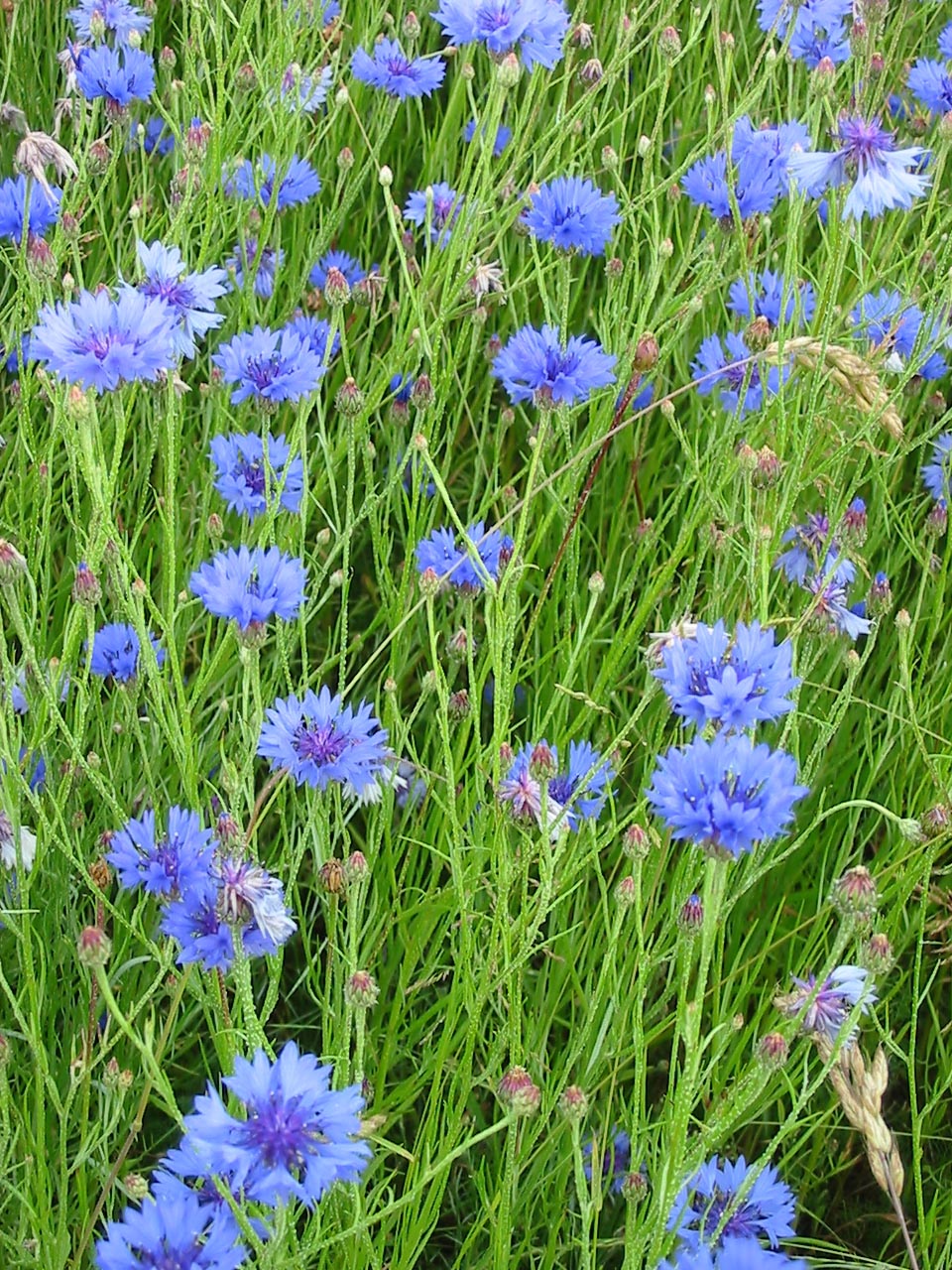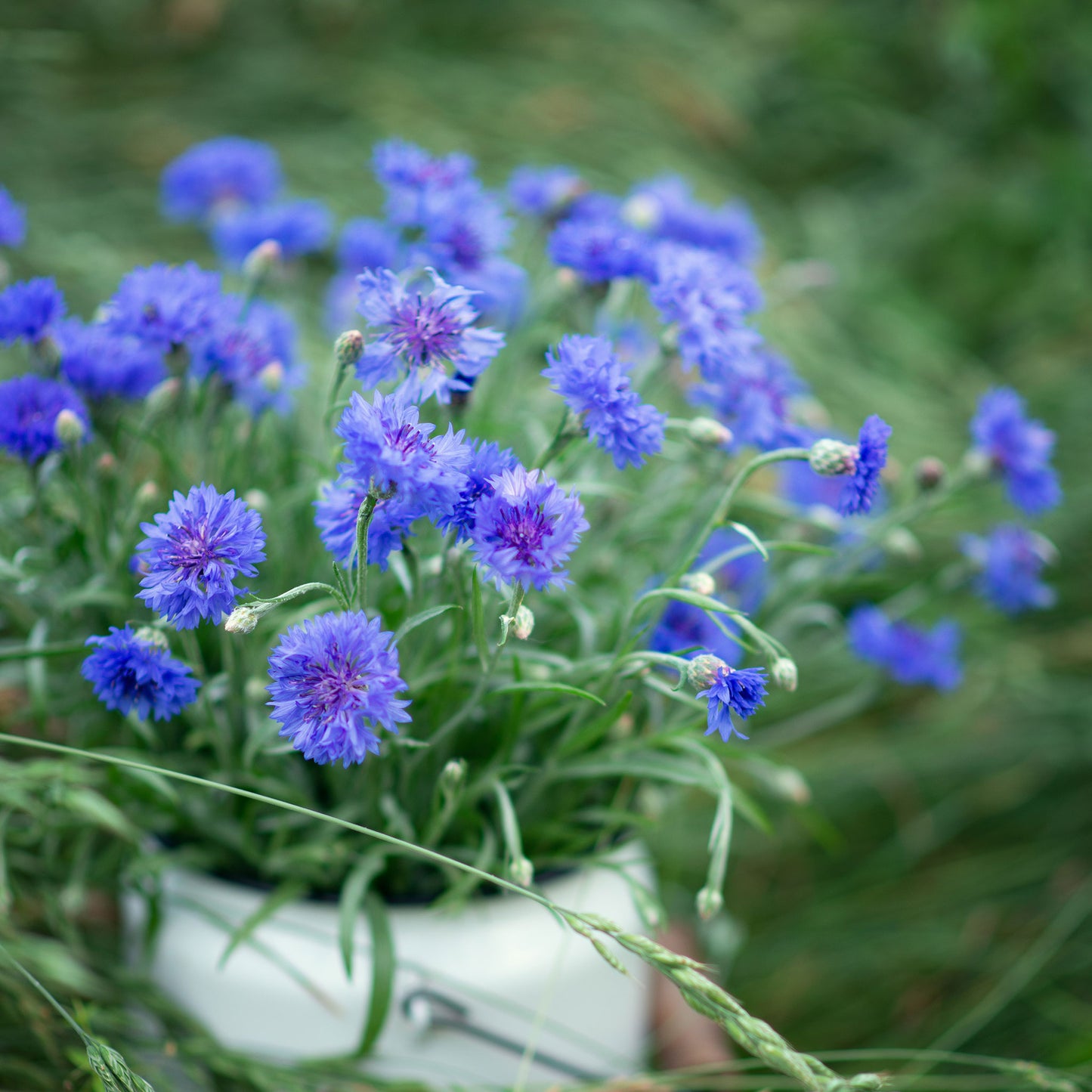
Cornflower Plant
Cornflower Plant: A Comprehensive Guide
Introduction
The Cornflower plant, also known as Centaurea cyanus, is a lovely wildflower that is native to Europe. It is a member of the Asteraceae family and is known for its striking blue flowers. In this article, we will explore the various aspects of this beautiful plant, including its characteristics, cultivation, and uses.
Characteristics of Cornflower Plant
The Cornflower plant is an annual plant that grows to be about 1-3 feet tall. It has slender stems and lance-shaped leaves that are a silvery-green color. The most distinctive feature of the Cornflower plant is its bright blue flowers, which have a spiky center and a delicate, fringed edge.
Cultivation
Cornflower plants are relatively easy to grow and can thrive in a variety of soil types. They prefer full sun and well-drained soil. To cultivate Cornflower plants, simply sow the seeds directly into the ground in the spring. Water regularly and deadhead spent flowers to encourage new blooms.
Uses of Cornflower Plant

Cornflower plants have a number of uses, both practical and ornamental. The flowers are often used in floral arrangements and bouquets due to their vibrant blue color. Additionally, Cornflower petals can be used to make a natural blue dye that is used in textiles and food products.
Health Benefits
In addition to its ornamental uses, Cornflower plants are also believed to have medicinal properties. The flowers are said to have anti-inflammatory and diuretic properties, and are often used in herbal remedies to treat various ailments.
Common Varieties
There are several different varieties of Cornflower plants available, each with its own unique characteristics. Some popular varieties include ‘Blue Diadem’, ‘Black Ball’, and ‘Snowman’.
Growing Tips

To ensure the health and vitality of your Cornflower plants, it is important to provide them with the proper care. Make sure to water regularly, especially during dry periods. Additionally, fertilize the plants with a balanced fertilizer to promote healthy growth.
Pest and Disease Control
Cornflower plants are relatively resistant to pests and diseases, but they can be susceptible to powdery mildew and aphids. To prevent these issues, make sure to provide adequate air circulation around the plants and avoid overwatering.
Harvesting
To harvest Cornflower flowers for use in arrangements or to make dye, simply cut the stems just below the flower head. Allow the flowers to dry completely before storing them in a cool, dry place.
Propagation
Cornflower plants can be easily propagated by collecting and sowing the seeds. To collect seeds, allow the flowers to dry on the plant, then harvest the seeds and store them in a cool, dry place until you are ready to sow them.
FAQs
1. Can Cornflower plants be grown indoors?
– Cornflower plants prefer full sun, so they are best suited for outdoor cultivation. However, you can try growing them indoors near a sunny window.
2. Are Cornflower plants toxic to pets?
– Cornflower plants are not known to be toxic to pets, but it is always best to keep an eye on your furry friends around any new plants.
3. How long do Cornflower plants bloom?
– Cornflower plants typically bloom from early summer to late fall, depending on the climate and growing conditions.
Conclusion
In conclusion, the Cornflower plant is a delightful addition to any garden. With its stunning blue flowers, easy cultivation, and various uses, it is sure to bring beauty and charm to your outdoor space. Whether you are a seasoned gardener or a novice, consider adding Cornflower plants to your garden for a touch of natural elegance.